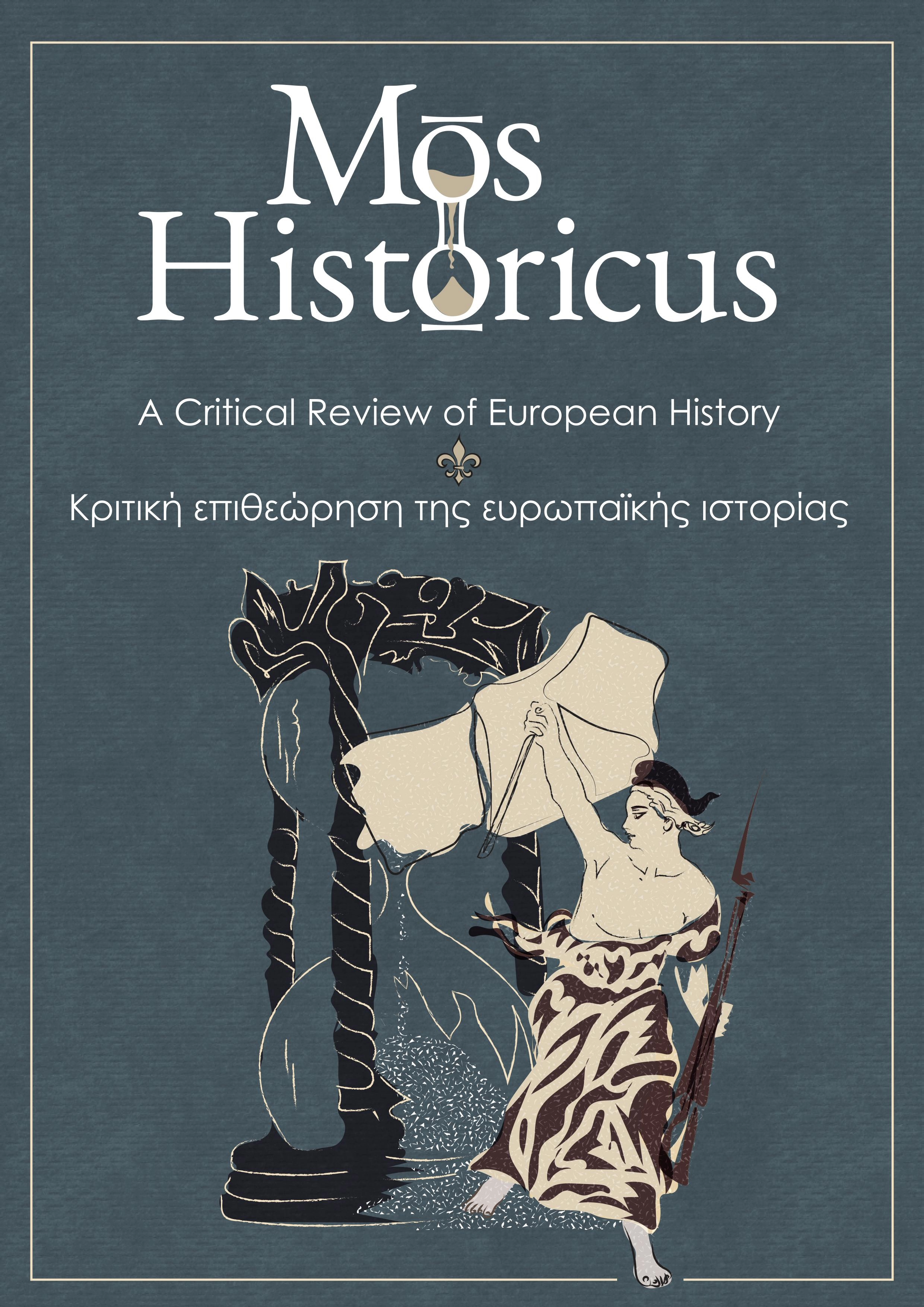The Russian Revolution, the Famine of 1921-1923, and the International Humanitarian aid

Abstract
After a three-year struggle starting with the Revolution of 1917, the Bolsheviks consolidated their power in Russia. Due to the collapse of the economy and the need to support urban populations, the requisition of grain was imposed on the rural areas.
This soon escalated into the massive confiscation of the peasants’ production. Conditions further deteriorated in 1921, following two consecutive years of crop failure, plunging the country into a famine that caused tens of thousands of deaths. Unable to provide a solution, the Bolsheviks petitioned for international aid. Thus, despite the revolutionaries’ reservations, the American Relief Administration (ARA) actively operated in Russia from 1921 to 1923. At the peak of its activity, ARA was feeding more than 10 million Russians. This article analyzes the course of the revolution, from its establishment to the emergence of the humanitarian catastrophe, as well as the characteristics of the activity of ARA and other humanitarian organizations in Soviet Russia.
Article Details
- How to Cite
-
Bouroutis, A. (2024). The Russian Revolution, the Famine of 1921-1923, and the International Humanitarian aid. Mos Historicus: A Critical Review of European History, 2(1), 178–208. https://doi.org/10.12681/mh.38757
- Section
- Articles

This work is licensed under a Creative Commons Attribution-NonCommercial 4.0 International License.
Copyright notice:
Authors retain copyright for the articles published but assign the first publication rights to Mos Historicus. By virtue of their appearance in this journal, the articles are free to be used for non-commercial purposes. However, the articles cannot and must not be used in anyway, published elsewhere or modified without any reference to the author and the first publication of the article (licence Creative Commons 4.0).


